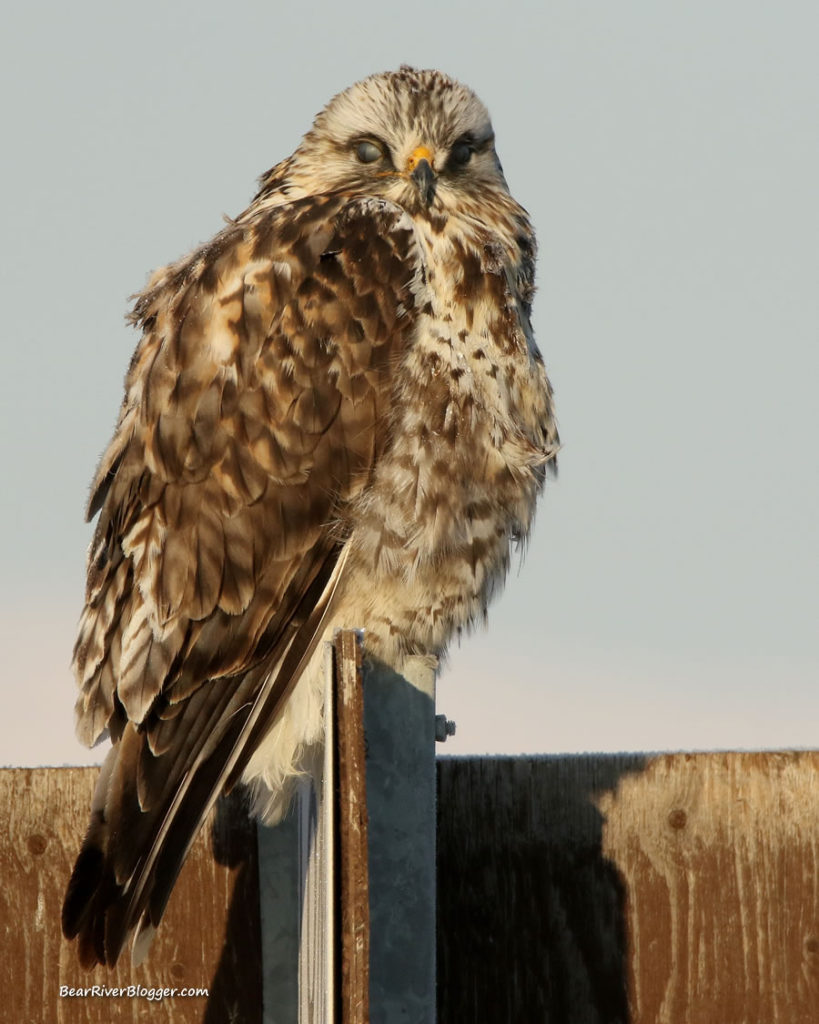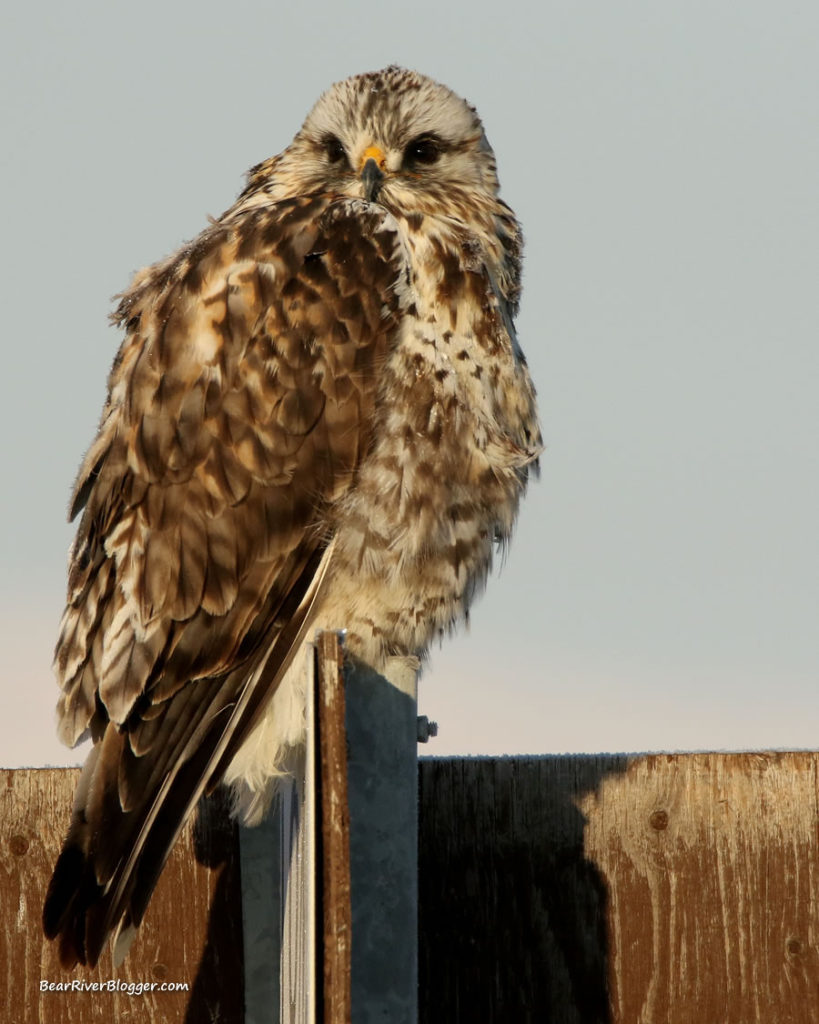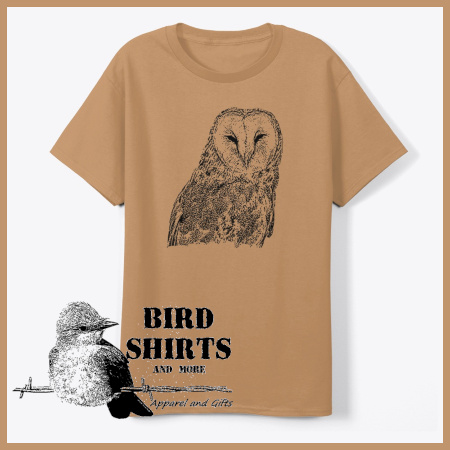Birds fascinate me, they really do. I have been around birds almost my entire life, in fact. I started raising them when I was about 9 years old and during that same time my father took me on my first bird watching trip to a local wildlife sanctuary.
Learning something new about birds and actually observing this new found knowledge in the wild is one of my favorite parts of bird watching. Yesterday, while visiting the Bear River Migratory Bird Refuge, I came across a rough-legged hawk perched on a sign where I was able to do just that.
I quickly took a few images before the hawk flew off, but when I came home to edit the pictures, I noticed something about one of the images. The rough-legged hawk was showing its’ nictitating membrane, or commonly known as a third eye lid.

This membrane is a clear inner eyelid which helps protect the eye and keep it moist but still allowing the bird to see while it is covering the eye. Sharp eyesight is extremely critical for raptors. Their very lives depend upon seeing and catching small prey from a distance, such as mice and voles as in the case of the rough-legged hawk, so it’s no wonder they have means to protect their eyesight.
A few weeks ago, I witnessed a rough-legged hawk catch a marsh wren which had buried itself in some thick grass. The hawk, also perched on a road sign at that time, needed its’ very acute eyesight to see the very small bird off in the distance before it launched itself from the sign, in hopes of catching a meal for the day.
Finding and observing such things is why I keep watching birds, there is always something new to learn and observe. It is a great hobby for anybody, regardless of age, who wants to get outdoors and enjoy the natural world around them.

The Bear River Migratory Bird Refuge is an excellent place to observe birds year round. This time of year, the dead of winter, overall birds are few but opportunities such as this are always present if we take the time to look for them.
I find winter is the best time to have more and in-depth interactions with individual birds, such as this rough-legged hawk. This time of year is also when we can learn the a lot about birds, by sitting and observing them in challenging conditions when opportunities present themselves.
I hope through this blog others can and do find a fascination with birds and decide to engage in the fun activity of bird watching. It’s easy, inexpensive and can be started in one’s own backyard with a simple bird feeder.
Trips to wildlife sanctuaries, such as my personal favorite the Bear River Migratory Bird Refuge, are a way to learn more about birds and their natural environment as well as having time to bond and make deeper connections with our friends and family.
Give bird watching a try. The Bear River Migratory Bird Refuge is one of hundreds of federally protected and managed wildlife refuges across the country and most states have a variety of state managed wildlife refuges, as well. Parks and walking trails nearby are also a great place to view birds. In fact, anywhere there are trees and bushes one can almost always find birds nearby sometime during the year.
If you are interested in visiting the Bear River Migratory Bird Refuge, start at their website. It has all their contact information, social media outlets as well as further information about the refuge.


